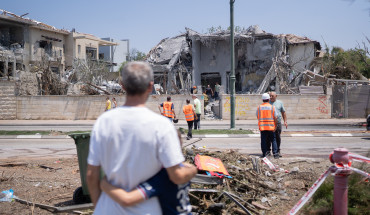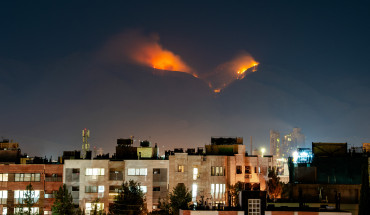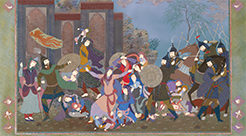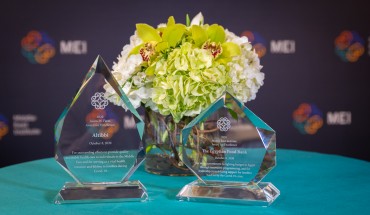Anton Mardasov, a scholar at both the Washington, D.C.-based Middle East Institute and the Moscow-based Russian International Affairs Council (RIAC), told Newsweekthat, "undoubtedly, the Su-35s will strengthen Iran's air fleet," but also noted a significant improvement may require a much more ambitious project. He described Iran's air power overall as being "in a terrible state," still based largely on platforms acquired during the days of Iran's pre-revolutionary monarchy.
"It relies on American F-5 and F-14 fighters purchased during the Shah, on Soviet fighters and their Chinese copies, as well as on allegedly Iranian military industrial products, which are in fact upgraded copies of 40-year-old American aircraft," Mardasov said. "It's clear these aircrafts can't stand up to Israeli or, for example, Saudi aircrafts on the technical level."
He also noted that it was this vulnerability that prompted Iran to invest in the world-class drone and missile programs that have drawn Moscow's interest.
"In this respect the Su-35s will increase combat effectiveness and, of course, provide a long-term reserve for the training of Iranian pilots in the use of more modern equipment and opportunities for copying and more profound modernization of aviation in general," Mardasov said.
While he argued that the longevity of Iran and Russia's alignment in the defense sphere remains to be proven, given the backlash Tehran has received over its indirect role in the Ukraine conflict, as well as Moscow's own defensive needs to continue waging its war, he noted that "Iran and Russia have recently had deeper cooperation on the military side than it seemed at first sight," to include radar supplies, satellite contracts and more.
"So far I'd regard the rise in Iran-Russia relations as a classic short-squeeze, to put it in stock market terms," he noted. "But sharp steps towards rapprochement are possible, especially since the U.S.-Iran negotiations on the JCPOA have collapsed."











